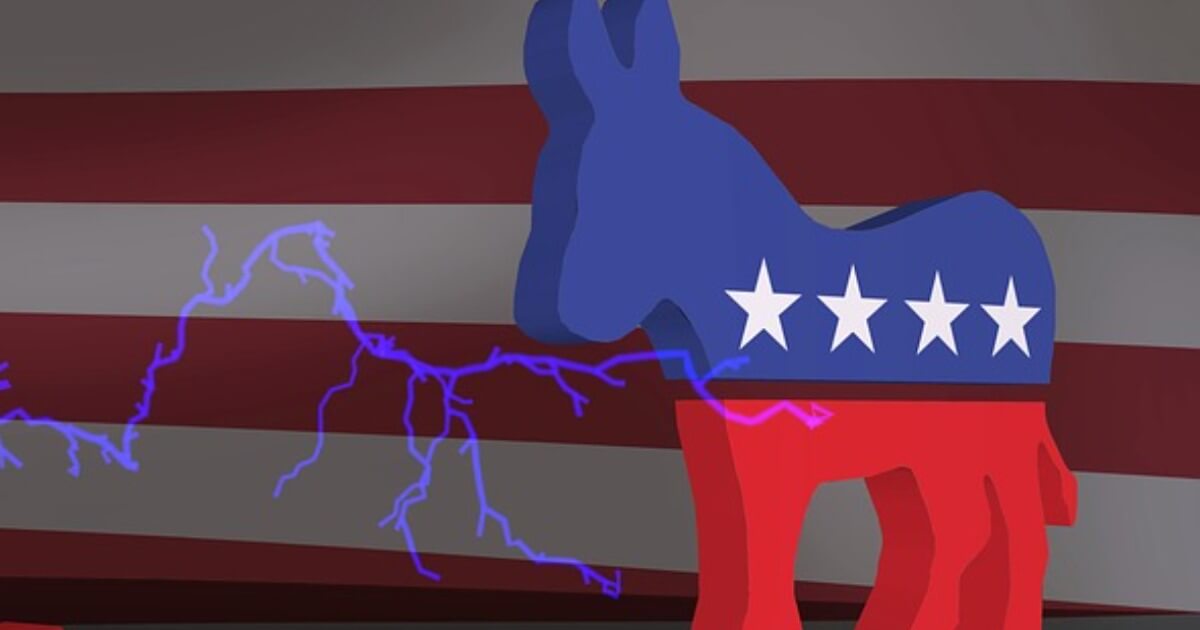Democratic Voters Beware: “Vote by Mail” in US Battleground States Is a Trap
The disturbing picture of millions of mailed-in ballots potentially never being counted, and hundreds of thousands of votes for the Democrats being disenfranchised, is a real possibility.
October 9, 2020

To safeguard the presidential election, and to be sure one’s vote is counted, it is best to put one’s mask on and vote early in key battleground states.
Joe Biden and the Democrats may well walk into a trap in the key battleground states that will decide the upcoming presidential race, as well as key U.S. Senate races. That trap is called “vote by mail/absentee voting.”
In normal times, I am a proponent of having a vote by mail option. But these are not normal times. For the November 3rd election, it makes much more sense to promote “early voting” in battleground states rather than vote by mail.
The reason is simple: If you want to be sure that your vote will count, voters in competitive races should NOT mail in their ballots.
Instead, they need to show up in person to vote, either before or on Election Day. Despite the dangers of the pandemic, voters need to do the heroic act of standing in line with their masks on, as we do when we stand in line at the grocery store.
Troublesome record
The fact is, even if there was no whiff of electoral fraud in the air, vote by mail typically leads to a loss of millions of ballots due to frequent errors on the part of the voters, election administrators and the U.S. postal service.
As a rule of thumb, Democratic voters, especially minority voters and young people, are disproportionately hurt. The data is overwhelmingly clear on this, yet Democrats are ignoring it at their peril.
Even in New York
In the recent New York primary elections, tens of thousands of mailed ballots were never counted due to bureaucratic mistakes.
Some ballots were postmarked after the election or never postmarked at all by the U.S. postal service, making them invalid under state law.
Others were disqualified because voters didn’t sign on an easy-to-miss signature line on the back of the ballot envelope.
Another 32,000 absentee ballots were mailed to voters so late that they couldn’t return them in time to be counted. Just in New York City’s Democratic presidential primary, over 400,000 mail-in ballots were received but election officials invalidated more than 84,000 — over a fifth of those ballots.
Votes rejected across the U.S.
Across the country, in 24 primary elections this year, more than 500,000 mail-in ballots were rejected. In Pennsylvania alone, mail ballot problems prevented 92,000 people from casting a valid vote (Donald Trump won Pennsylvania in 2016 by just 44,000 votes).
A MIT study of the 2008 presidential election uncovered that nearly 4 million voters said they requested mail ballots but never received them.
Another 2.9 million ballots that were sent out did not make it back to election officials, and about 800,000 were rejected due to voter, election official or postal service errors.
Benefits of in-person voting
Voters in many polling stations benefit from technology like “error notification,” which alerts the voter if she has made a disqualifying mistake on her ballot.
But you don’t have that with absentee voting. “The pipeline that moves mail ballots between voters and election officials is very leaky,” the study concluded.
How Democrats hurt themselves
With voting by mail surging for the November 3rd election, the number of rejected mail-in ballots has been estimated to easily surpass one million. And those will overwhelmingly be voters for Joe Biden and Democratic Senate candidates.
Far more Biden voters are planning to vote by mail than Trump voters. One recent study found that nearly a majority of Democrats said they intend to vote by mail, compared to just 28% of Republican and independent voters.
A study of Florida’s 2018 election determined that mail-in ballots “cast by Black, Hispanic, and other racial and ethnic minorities were more than twice as likely to be rejected as … ballots cast by White absentee mail voters.”
That means hundreds of thousands of more Democratic votes will be thrown out than Republican votes. There is no denying that the possibility of widespread disenfranchisement from mail-in ballots is real. Yet the Democrats have been ignoring this and promoting vote by mail. That is a big mistake.
To be clear, most elections in the United States are won by large margins, such as those in heavily Democratic or Republican states or districts. In those states, voting failures will not overturn those election results.
But in the battleground states, such as Pennsylvania, Wisconsin, Michigan, North Carolina or Florida, this could well be the deciding factor in a close presidential or Senate election.
Republicans’ obstruction moves
Add the potential for partisan interference by the U.S. Postal Service, since President Donald Trump’s recently appointed postmaster general is a big GOP campaign donor. Or, consider partisan Secretaries of State overseeing the elections.
Either way, the disturbing picture of millions of mailed-in ballots potentially never being counted, and hundreds of thousands of Democratic voters being disenfranchised, is a real possibility.
Takeaways
The disturbing picture of millions of mailed-in ballots never being counted, and hundreds of thousands of Democratic Party voters being disenfranchised, is a real possibility.
Traditional Democratic Party voters, especially minority voters and young people, are disproportionately hurt by lost mail-in ballots. Yet, Democrats are ignoring it at their peril.
A study of the 2008 US presidential election uncovered that nearly 4 million voters said they requested mail ballots -- but never received them.
With voting by mail surging for the November 3rd US presidential election, the number of rejected mail-in ballots has been estimated to easily surpass one million.
Voting failures in the US battleground states, such as Pennsylvania, Wisconsin, Michigan, North Carolina or Florida could well be the deciding factor.

